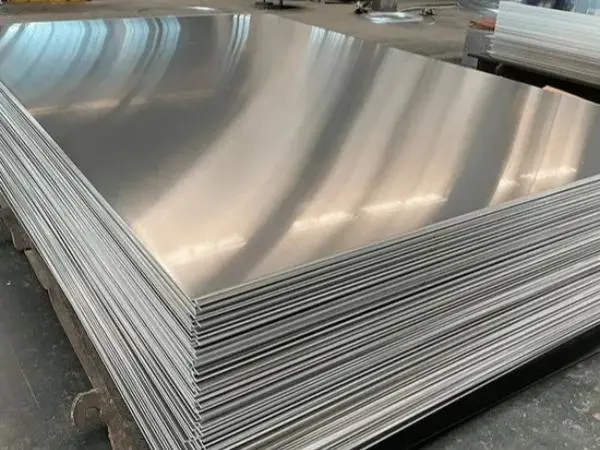- Phone0086 731 8564 8255
- E-mailsales@cscsteel-manufacturing.com
-

Although I Beams and H Beams appear similar and are sometimes used interchangeably, there are distinct differences that set them apart.
Continental Steel Co., Ltd is professional I beam and H beams manufacturer, for more details, please contact:sales@cscsteel-manufacturing.com
1. Flange Width and Thickness
I Beams have tapered flanges that gradually thin out as they extend from the web.
H Beams maintain a consistent flange thickness from the center web to the outer edge, providing more uniform load distribution.
2. Cross-Sectional Shape
I Beams have a narrower flange width relative to their height, giving them a more compact appearance.
H Beams have a broader and more squared-off cross-section, offering greater stability under heavy loads.
3. Load-Bearing Capacity and Applications
I Beams are generally used in structures requiring lighter loads and shorter spans, such as beams in buildings, bridges, and frames.
H Beams are preferred for large-scale applications where higher strength and weight distribution are critical, such as in industrial buildings, shipbuilding, and heavy machinery.
4. Structural Performance
Due to their thicker flanges, H Beams often offer superior bending resistance and load-bearing capabilities, making them suitable for projects requiring greater strength and rigidity.
I Beams are more commonly used in residential and commercial construction where a balance between strength and weight is necessary.
5. Manufacturing and Cost
H Beams typically require more material due to their thicker flanges, which may increase manufacturing costs. However, their structural advantages often justify the price in heavy-duty applications.
I Beams are more cost-effective for lighter structural needs and are widely available in different sizes.
While these differences are notable, in many cases, the selection of I Beams or H Beams depends on regional terminology, engineering preferences, and specific project requirements.




